Photographs: Davidbspalding/Creative Commons
Aparna Sundaresan tracks down some predictions sci-fi books and films have made, and assesses how accurate they have been.
Science fiction has fired the minds of many people with its futuristic setting and fantastic possibilities. And while it is firmly in the realm of 'fiction', much of it has made its way to the real world. If today's science fiction is tomorrow's reality, then we are contemplating a future that has no limits. However, let's consider their feasibility in light of modern science before we let our imagination run away with us.
Mobile Technology
Which is: Tablet computers, cell phones, bluetooth technology
As seen in: Star Trek (late 1960s onwards), 2001: A Space Odyssey (1968 film)
Star Trek had a number of communicators, notably one that resembled the modern-day flip phone and another that was essentially a Bluetooth headset.
Tablet computers also made an appearance. Called Personal Access Data Devices, or PADDs, crew members would punch in coordinates into them for the next star system, as well as used them to watch videos and listen to music.
In 2001, the tablet technology is taken to the next level: called Newspad, they are reading devices for e-newspapers -- another futuristic technology that has seen fruition.
Courtesy:YouthIncMag.com

Sci-fi ideas that became a reality
Photographs: US National Archives And Records Administration/Science Photo Library/Universal Images Group
Modern Weapons of Warfare
Which is: Atomic bomb, heat ray
As seen in: H G Wells' The World Set Free (1914), The War of the Worlds (1898)
Wells was familiar with the investigations into radioactivity in the early 20th century and came up with the idea of radioactive materials blowing up at one go. Thus was born the atomic bomb (yes, he even called it that in his work).
As for the heat ray from The War of the Worlds which disintegrates everything with a blast, the American military uses a non-lethal version that uses microwave radiation to make crowds uncomfortable enough to disperse.
Sci-fi ideas that became a reality
Photographs: Book cover Aldous Huxley's Brave New World
Modern Medical Marvels
Which is: Genetic engineering, test tube babies, anti-depressants
As seen in: Aldous Huxley's Brave New World (1931)
Huxley's novel is truly frightening in that it is not only accurate in its description of these breakthroughs (which didn't happen until later), but also because we are seeing them much before 2540, the year the novel is set in.
With genetic engineering and test tube babies, the novel purports that people are manufactured and no longer conceived and birthed naturally. Test tube babies today are similar laboratory creations.
Anti-depressants in the novel are so commonplace that people take them leisurely and without guilt. This isn't unlike today when anti-depressants are available easily and addiction to them isn't unheard of.
Sci-fi ideas that became a reality
Photographs: Theatre poster of George Orwell's 1984
24x7 Surveillance
Which is: CCTV monitoring, Internet spying
As seen in: George Orwell's Nineteen Eighty-Four (1949)
When it comes to hitting the proverbial nail on the head, Orwell comes closest.
Before the television and the personal computer, Orwell wrote of the world in the year 1984 where citizens' every move is spied on by cameras and every correspondence is read by the powers that be and censored.
Every inch of cities in the west today is covered by CCTV cameras and India is going the same way.
As for the recent revelations that NSA (the Nastional Security Agency) is spying on all our emails and online activity, enough said.
Sci-fi ideas that became a reality
Image: Mark Twain statue, Garden City, KansasPhotographs: Billy Hathorn/Creative Commons
The Biggest Time-wasters of the 21st Century
Which is: The Internet and social media
As seen in: Mark Twain's From the 'London Times' of 1904 (1898)
In this short story, Twain visualised the whole world interconnected by a phone system for information sharing (the telephone was still a fairly new invention then) called the telelectroscope.
He further wrote, "the daily doings of the globe made visible to everybody, and audibly discussable too, by witnesses separated by any number of leagues".
In other words, Internet, Facebook, Twitter, etc.
Sci-fi ideas that became a reality
Photographs: The Smithsonian Institution Library
Exploration Vehicles
Which is: Submarines, lunar modules
As seen in: Jules Verne's Twenty Thousand Leagues Under the Sea (1870) and From the Earth to the Moon (1865)
Verne belonged to that legion of pioneers who had an astute sense of what science could and couldn't achieve. Nautilus, the electric submarine in Twenty Thousand, was conceived when electric submarines didn't exist.
From the Earth was about sending a space launch with three people to the moon.
A 'space gun' called Columbiad was a projectile which sent the astronauts out, not unlike the lunar modules that NASA sends today.
Random trivia: NASA's first spaceworthy shuttle was named Columbia. Also, man actually landed on the moon only in 1969.
Sci-fi ideas that became a reality
Image: The Skylab SL2Photographs: Nasa/Wikimedia Commons
(Metaphorical) World Without Boundaries
Which is: Satellites for wireless communication
As seen in: Arthur C Clarke's The Space-Station: Its Radio Applications (1945)
To be fair, Clarke's work was a paper, not a novel. However, his postulations are so sharp, we cannot but help include his vision in this list. He imagined 'space-stations' outside Earth that could be used for broadcasting television signals, among other functions including communication.
This is precisely what satellites do today.
Sci-fi imaginings that missed the mark
Image: Bite size meals eaten by George Jetson in the Animated comic Sci-fi sitcom The jetsonsBite-sized Meals
Which is: Food in pill form
As seen in: The Jetsons (1962-1987), Futurama (1999-present)
The Jetsons popularised the idea that popping a pill would be akin to eating a satisfying meal.
Scientists today say this is not viable. The average human body needs 2000 calories and it is not possible to pack all those calories in one small pill.
Hypothetically, a 2000-calorie pill would weigh about 250 grams. Besides, what could beat the heady feeling of tucking into a good meal?
Sci-fi imaginings that missed the mark
Image: The star Trek Teleportation deviceInstantaneous Travel
Which is: Teleportation
As seen in: Star Trek, Doctor Who (1963-present), Douglas Adam's The Hitchhiker's Guide to the Galaxy (1979)
When you teleport, you disappear from one place and reappear instantaneously in another. In the real world, this would entail disintegrating the atoms of the teleporting object at the point of departure and then reconstructing them at the point of arrival.
Apparently this is theoretically possible with quantum teleportation -- the object is disintegrated, and rather than being reconstructed, its copy is made at the point of arrival; the original object is destroyed.
Now, the human body is made of 3×1027 atoms (3 to the power of 1027 atoms), and even if a single molecule is out of place, the 'teleported' person would emerge with serious physical defects.
Not to mention, that person would only be a copy/clone. The actual person would be dead.
Sci-fi imaginings that missed the mark
Photographs: Boook cover of H G Wells's The Time Machine
History Making Travel
Which is: Time travel
As seen in: H G Wells' The Time Machine (1895), Doctor Who, Back to the Future trilogy (1985-1990)
Theoretically, time travel is possible (some physics supports it), but Stephen Hawking has said that lack of tourists from the future is proof that time travel is not physically possible.
Experiments have been conducted to make time travel a reality, but they have been inconclusive -- if not outright unsuccessful -- so far. However, prominent British scientist Brian Cox is of the opinion that time travel would be possible some time in the future, subject to the findings at the LHC (Large Hadron Collider) experiment at CERN (the European Organization for Nuclear Research), Switzerland.
Sci-fi imaginings that missed the mark
Photographs: DailyM/Creative Commons
A Disease-free World
Which is: Cure for all cancers and the common cold, human regeneration by 2000
As seen in: Robert Heinlein's Where To? in Galaxy magazine (1952)
Heinlein was a respected science fiction writer who made a number of predictions about the year 2000. Some of it has come true ("Your personal telephone will be small enough to carry in your handbag."); some of it hasn't ("Cancer, the common cold, and tooth decay will all be conquered; the revolutionary new problem in medical research will be to accomplish 'regeneration,' i.e., to enable a man to grow a new leg, rather than fit him with an artificial limb").
He also claimed that intelligent life would be found on Mars. Whoops.
Sci-fi imaginings that might materialise
Photographs: A poster of Back to the Future Part II
Soaring Transport
Which is: Flying cars, hoverboards
As seen in: Back to the Future Part II (1989), The Fifth Element (1997)
According to Back to the Future, in 2015 we will have flying cars, and hoverboards -- skateboards without wheels that will glide above surfaces.
Prototypes of flying cars have been made for years, but only this year did the concept achieve a significant thrust; a company called Terrafugia has built the first fully autonomous flying car which is expected to be commercially available in 2021.
People have tried to create hoverboards too, although almost all of them were just wooden boards propelled by leafblowers. Hoverboards that use magnetic and superconducting technology are in the works.
Sci-fi imaginings that might materialise
Photographs: Book cover of Jack London's The Scarlet Plague
Total Wipe-out
Which is: An epidemic that depopulates Earth starting 2013
As seen in: Jack London's The Scarlet Plague (1912)
An uncontrollable epidemic called Red Death pervades Earth in 2013 and depopulates it almost entirely by 2073.
Prediction fail? We don't have a disease called Red Death this year, at least not yet. By the way, the paranoia the disease caused in the book is eerily similar to the one we witnessed when anthrax, swine flu and bird flu broke out.
The release of anthrax, particularly, proved that germ and chemical warfare is a very real threat in the 21st century.
Sci-fi imaginings that might materialise
Photographs: Courtesy The Future Worlds of Larry Niven
Pleasurable Punishment
Which is: The tasp
As seen in: Larry Niven's Ringworld (1970)
While a taser administers an electric shock on a person, a tasp is a device that remotely stimulates the pleasure centre of the brain (as in, helps the person orgasm).
It temporarily incapacitates the person, but it is also highly addictive (of course). And like all things addictive, inaccessibility to the tasp induces withdrawal symptoms ranging from depression and mania to suicide.
Sure, it's scary, but when anti depressants (and drugs like Viagra) can already do this, we think a device that can achieve the same isn't far behind.
Sci-fi imaginings that might materialise
Photographs: Courtesy singularityu.org
Robots That Repair The Human Body
Which is: Nanobots that can make us immortal
As seen in: Ray Kurzweil's The Singularity is Near (2005)
This is also not a work of fiction, however, Kurzweil is a futurist who has been writing books chock-full of predictions since 1986.
In the 2020s, he says, we will have tiny robots in our body that will be capable of performing multiple functions, from doing brainscans to destroying pathogens, thereby making us potentially immortal.
Pioneering insight or just the fancies of an imaginative mind? Only time will tell us.

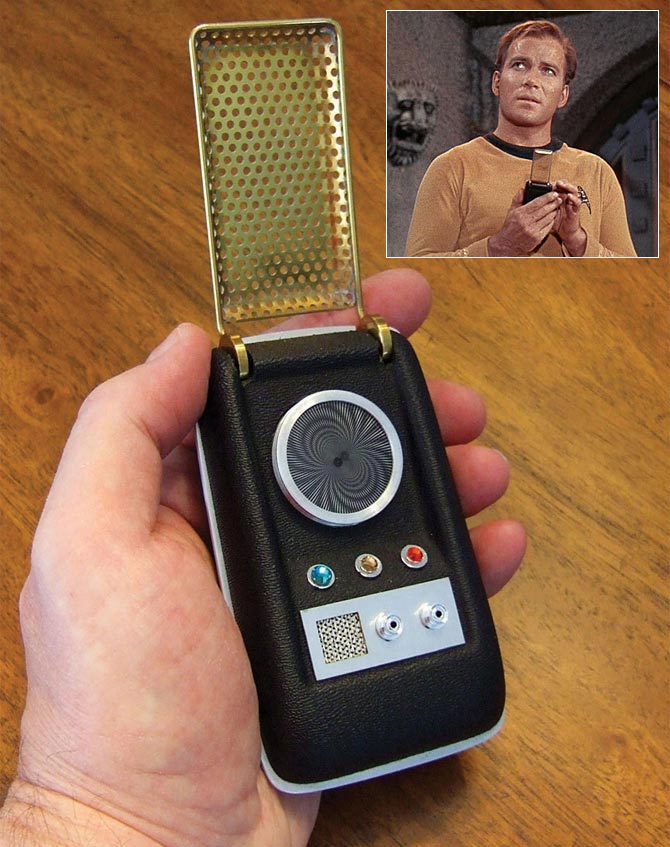
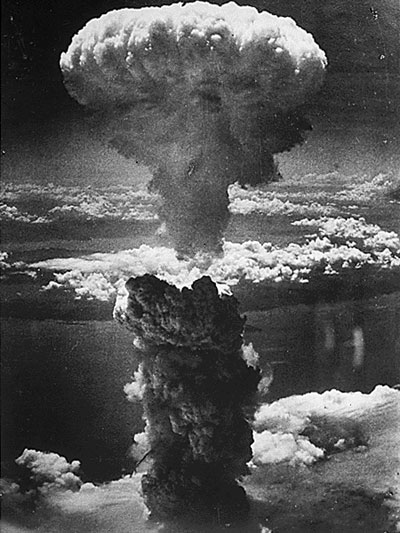

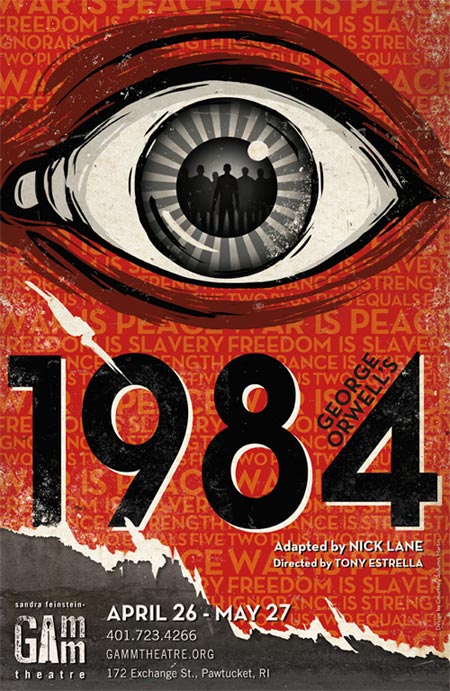
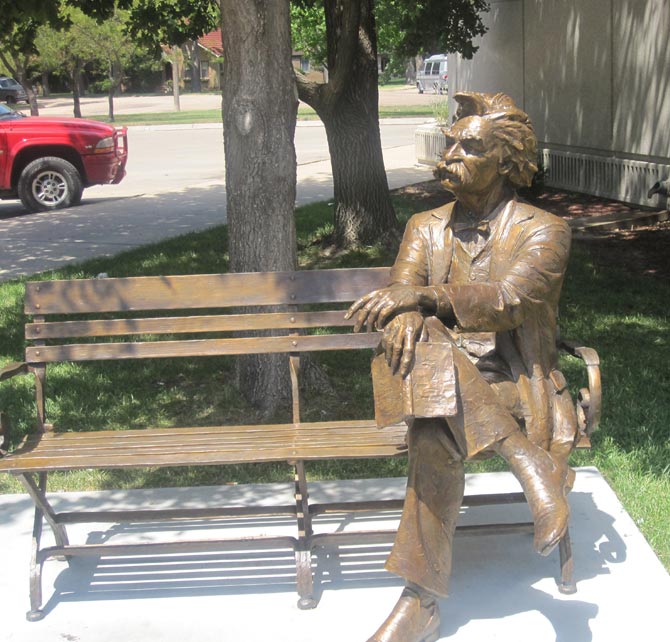
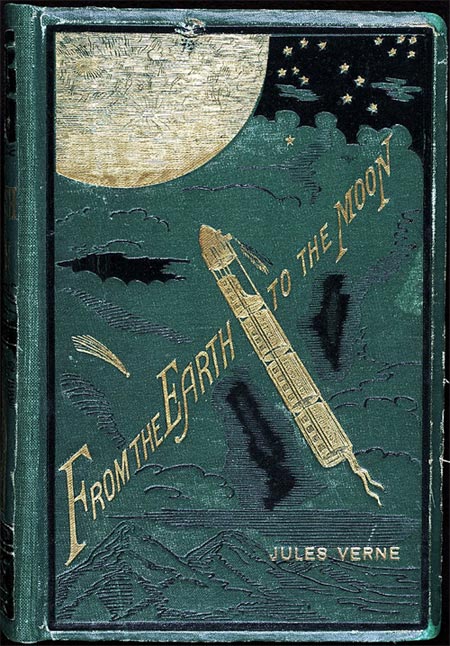
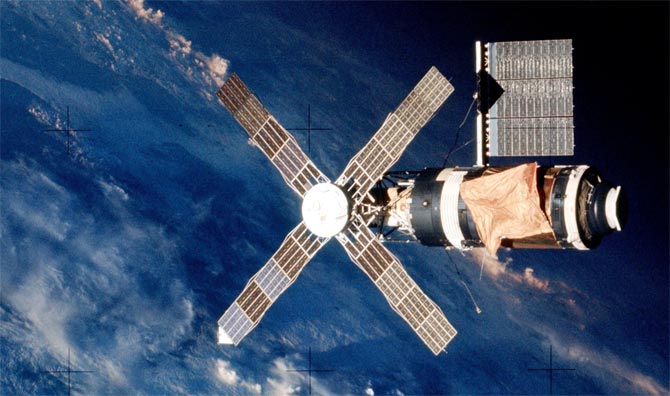
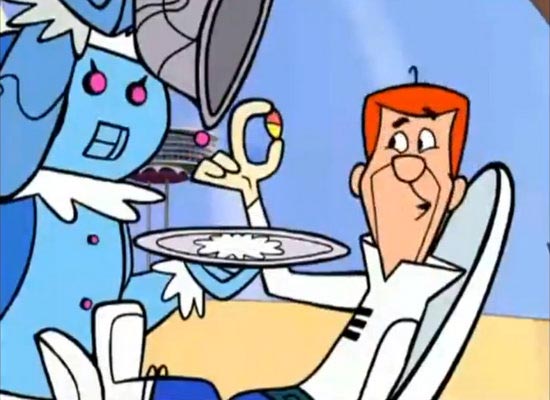
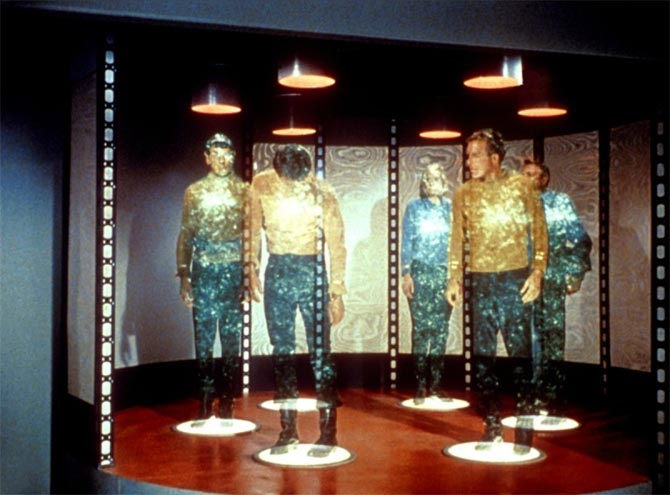
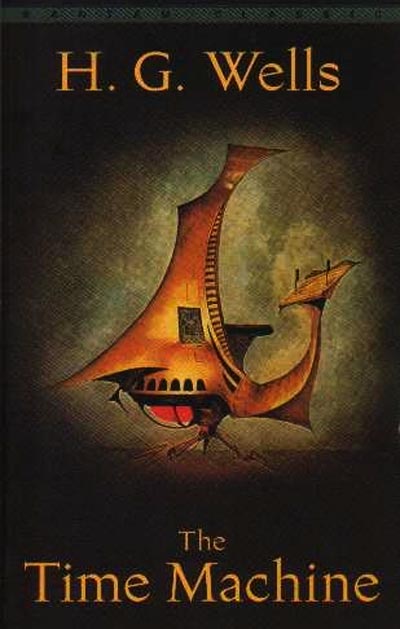

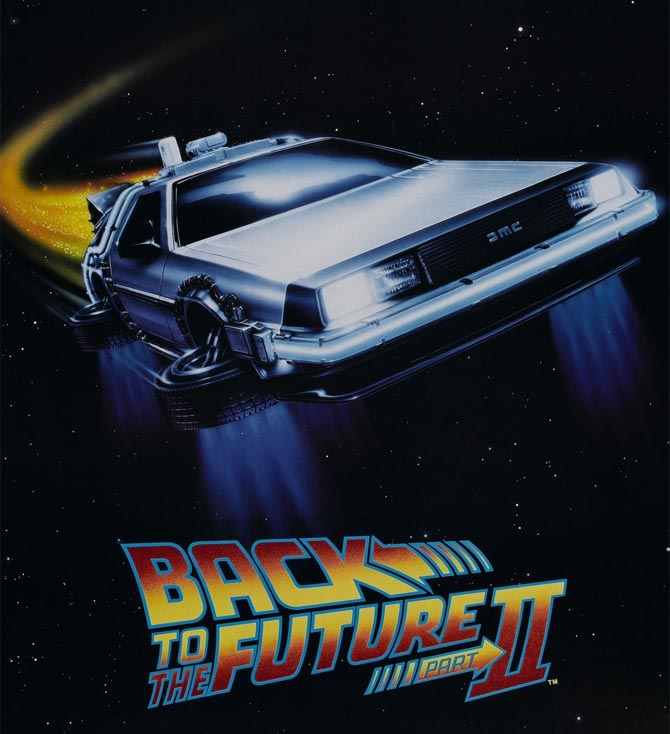

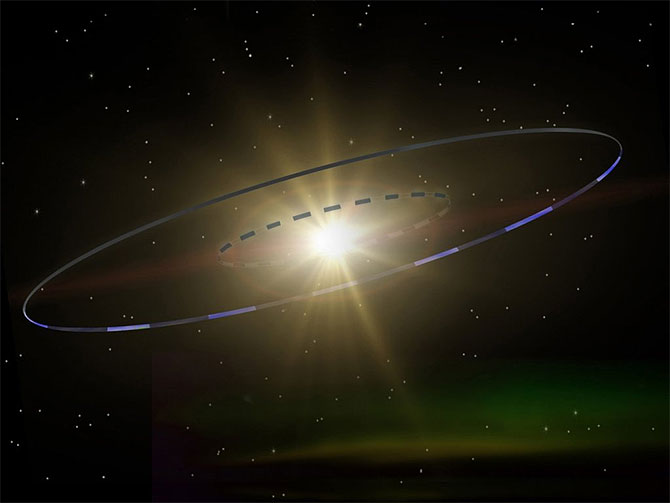
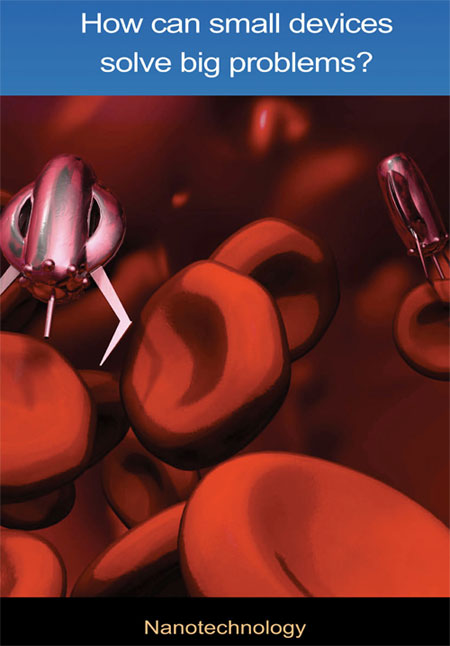
Comment
article